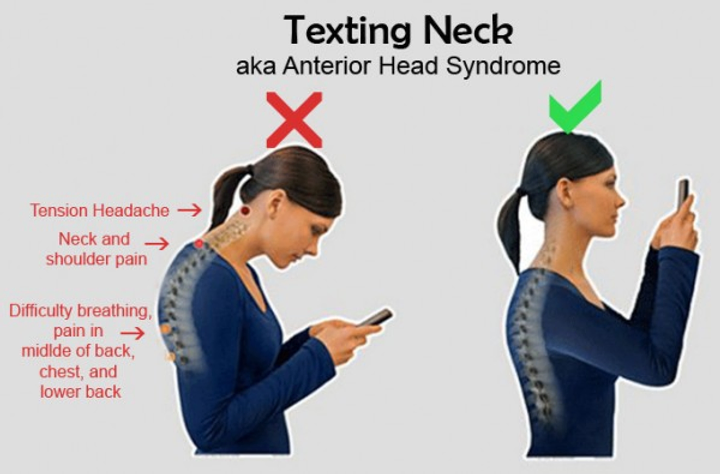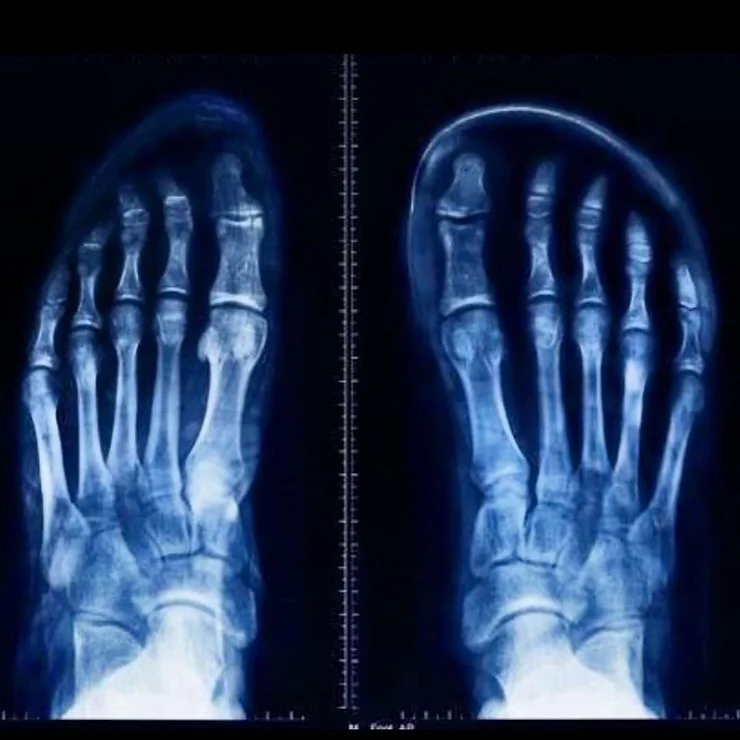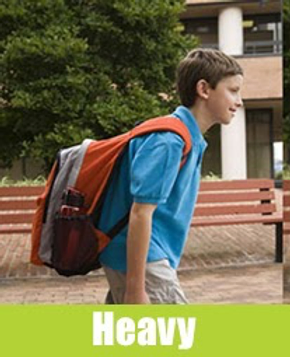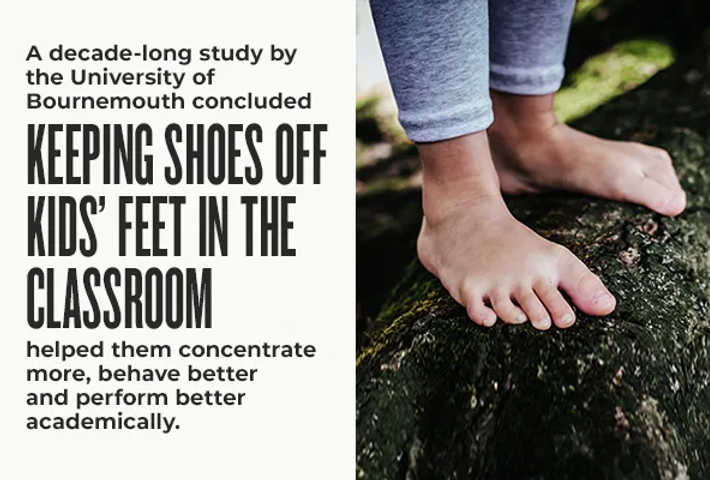A child’s health is an important thing. It’s our job as adults, to nurture that power, by future proofing kids bodies, encourage it to grow and develop in order to thrive! To thrive we need to be functioning optimally.
To experience real health we have to begin to pay attention to what are the causes of dysfunction.
There are 3 main stressors in our lives that cause dysfunction and dis-ease and can lead to disease:
-
Physical – The birth process, accidents, injuries, sitting, sleeping, standing habits
-
Emotional – Finances, relationships, work, technology, stress, studies
Another school term is fast approaching and parents normally have a list as long as their arm of supplies that need to be provided to make sure the kids have everything they need before the first day of class. Aside from the new backpack, school shoes, notebooks and other things, one thing that should be on the list, for the return to school, is a physical check-up.
While it may not seem as urgent compared to the other stuff, regular checkups are an important part of your child’s health and performance in school. Even if your child is in excellent health, minor traumas accumulate over time and can result in pain, discomfort and/or health issues in their teen and adult years. We can identify potential problems early on before the body starts to create compensations and help prevent future issues.
The time that your child spends in school is crucial for their growth and development. This is when their bodies start to get exposed to a bunch of physical stressors that may negatively affect the spine. If not corrected early, these stressors can lead to spinal trauma and interference in the nervous system. Some examples are:
-
Prolonged sitting and using computers – Doing this for prolonged periods of time can cause problems such as chronic back pain and poor posture.
-
Using gadgets like smartphones, tablets and gaming consoles – Young people who spend hours hunched over devices can have a ‘text neck’ or ‘forward head posture’. Falling over or off things – Falling from a bike, a tree or down a flight of stairs may cause injuries like a concussion or a misaligned bone.

-
Engaging in Sports – School-age children need physical activity but they tend to take a lot of knocks when they engage in sports.
-
Wearing typical school shoes- Padding prevents the hundreds of thousands of nerve endings in the foot from sending vital sensory messages to the brain, compromising the whole bodies´ movement and balance. Narrow shoes squash the foot so the muscles can’t grow strong, wide and flexible, while a tapered, narrow toe box squeezes toes together. This especially affects the big toe which needs to grow straight and strong so it can be the anchor and pivot for the whole bodies´ movement.

A study by a German and South African university showed that kids who grow up regularly unshod have wider, stronger feet than those who grow up wearing shoes, and fewer present with flat feet – an indicator of overall foot strength
-
Heavy things – Carrying backpacks and school books that are too heavy could do damage. Doing this every day can affect posture and cause imbalances and pain in the spine, shoulder and neck.

One example of how a heavy backpack can affect posture. A better alternative option is a crossbody bag. This way the majority of the weight distribution is placed over the most stable side of the body to help assist the natural breakdown side.
Usually, these injuries resolve on their own, but sometimes they don’t. An accumulation of repetitive injuries can cause spinal trauma and interference in the nervous system. A lot of school children nowadays are victims of this.
They tend to be less coordinated, have poorer balance, have less efficiently developed motor patterns and less developed proprioceptive skills.
They may be shy and less able to participate socially or very hyperactive and unable to focus their attention.
Some are also unable to process new learning and can be forgetful in exams. Another sign of a hidden injury is when children complain of recurring headaches or chronic musculoskeletal pain.
No child should be in chronic pain, and this should not be ignored. Interestingly, a decade-long study by the University of Bournemouth concluded keeping shoes out of the classroom helpshelped kids concentrate more, behave better and perform better academically.

A healthy spine with good alignment and nerve supply is essential to good performance in the classroom and activities. Day to day activities put stress on a child’s body. That’s why it’s important to monitor the health and condition of their spine.
Regular adjustments give your child a better resistance to injuries and a better chance to adapt to school-related stressors placed upon them. It also helps them study better, play better, and prevent injuries in school.
References
The influence of footwear on the prevalence of flat foot. A survey of 2300 children. Author: Rao UB, Joseph B. https://www.ncbi.nlm.nih.gov/pubmed/1624509
Children with no shoes on ‘do better in classroom’, major study finds. Author: Rachael Pells. https://www.independent.co.uk/news/education/education-news/schools-encouraged-to-adopt-no-shoes-policy-to-improve-pupils-learning-and-behaviour-a7044576.html. Source: http://rubble.heppell.net/places/shoeless/default.html
Foot Strike Patterns Differ Between Children and Adolescents Growing up Barefoot vs. Shod. Authors: Hollander K, de Villiers JE, Venter R, Sehner S, Wegscheider K, Braumann KM, Zech A. https://www.ncbi.nlm.nih.gov/pubmed/29145687